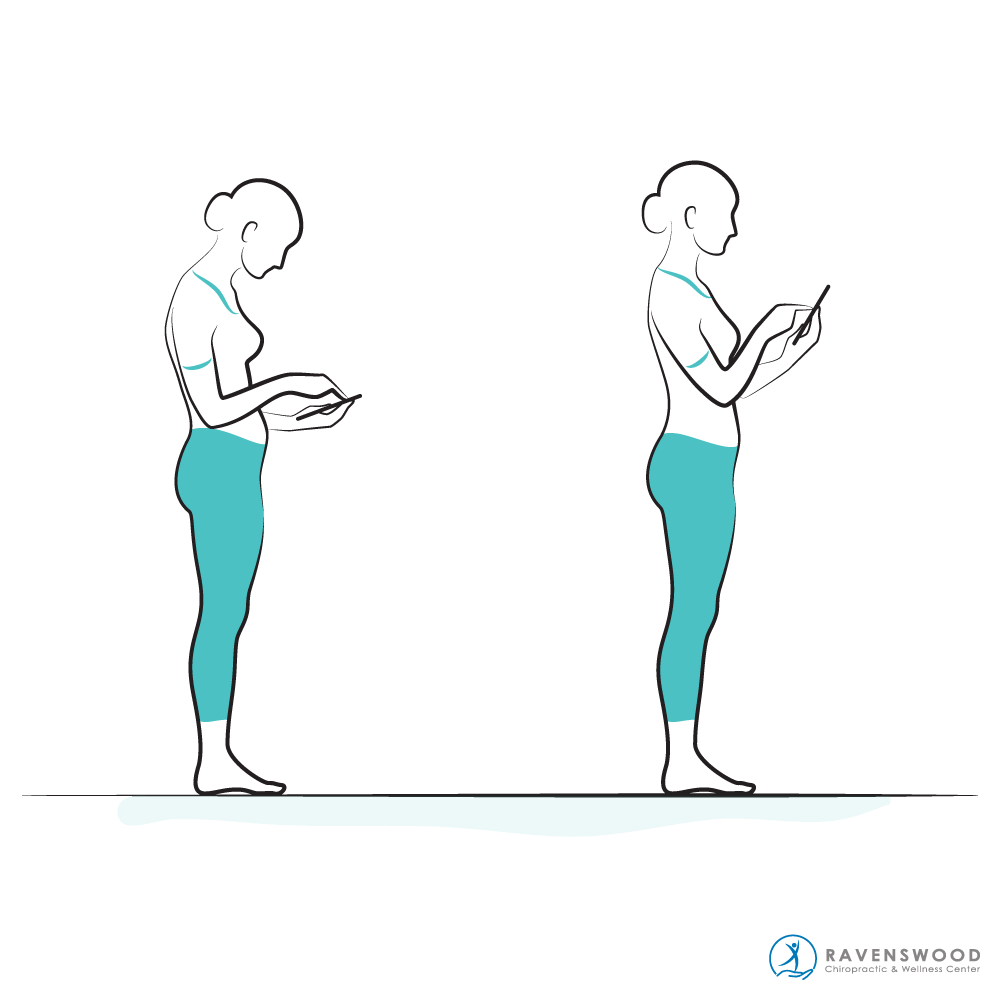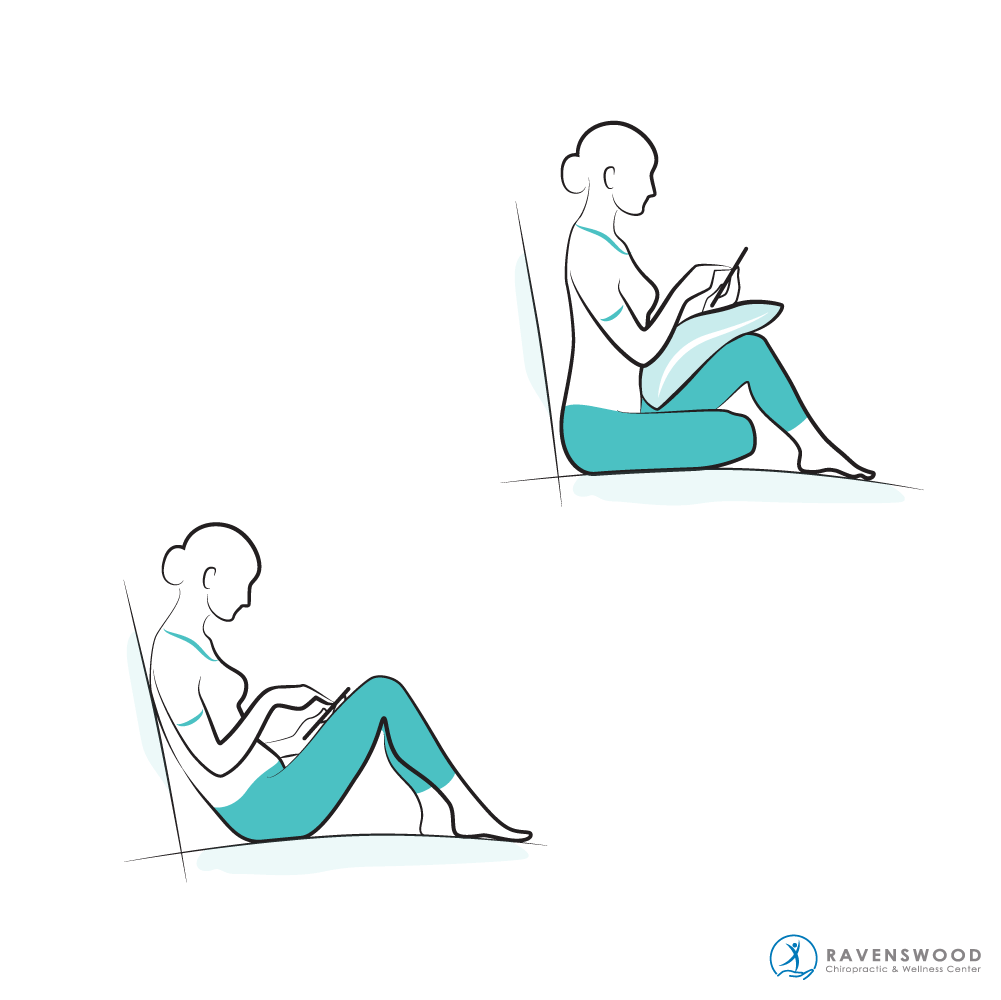How to Improve Your Posture Today
Slouching in our chairs, walking with rounded shoulders, and putting the car seat a little too far back – we’re all guilty of poor posture.
Although it doesn’t get as big of a spotlight as stretching and exercise, training yourself to maintain proper posture can literally transform how you feel both physically and mentally.
Let’s take a look at the benefits of proper posture, the three most important postural positions, and quick tips on how to improve your posture.
Benefits of Proper Posture
How you move and carry yourself throughout your day plays a crucial role in how you’ll feel physically and mentally.
Alleviates Pain: Proper posture leads to less soreness and pain. Studies show that subjects who were the most aware of their postural habits and corrected them accordingly reported the lowest levels of soreness and pain.
Better Mental State: People who have a proper posture tend to report feeling more alert, happier, and confident. One study assigned two groups of subjects either a slouched posture or a power posture. Not surprisingly, the power posture group was found to be more confident, happier, and aware.
Reduced Risk for Distortions: Think about how a tree or plant grows. If you place pressure on the plant or tree at a certain point, it will become crooked. Sure, it’ll still function properly. It’ll even absorb sunlight and water while producing foliage or flowers, but the base will grow in at an awkward angle. The same applies to the human body.
If you’re continually slouching or walking around with rounded shoulders, this is how you’ll develop over your life. When you reach old age, you’re more likely to be in pain because of these postural distortions, if you aren’t already. The key here is that the sooner you improve your posture, the faster you can reduce your risk for distortions.
How to Improve Your Posture
There are three postural situations that we would recommend focusing on because they take up the bulk of your day. Here’s how to improve your posture in the car, while standing, and while on your phone.
Car Posture

Driving is stressful enough, so what’s the harm in being in a more relaxed position in the car? Putting your seat too far back and overextending your shoulders and arms can create tension, soreness, and pain. What’s more, the awkward angle affects your lower back. Here’s how to adjust the driver’s side seating for proper posture:
- Elevate the seat so that your hips and knees are in alignment.
- The back of your knees should be about an inch from the seat – Not too far forward or crammed up against it.
- Sit up tall, then adjust the seat lever, letting it naturally come up as far as it can while fitting your posture.
- Make sure the seat is providing lumbar (lower back) support.
- Extend your arms to the steering wheel. Your arms should be comfortable with a bend in your elbows.
- Check your shoulders. They should be against the seat and not extending forward.
- Make a note of your neck. It needs to be straight and aligned with your shoulders – not jutting forward.
Standing Posture
 What tendency do you have while standing still? Will you start to sway? Do you shift your weight to one side? Do you hunch forward? We all have those postural ticks. The trick is to pay attention to yourself and correct them once they happen. Here’s how to improve your standing posture.
What tendency do you have while standing still? Will you start to sway? Do you shift your weight to one side? Do you hunch forward? We all have those postural ticks. The trick is to pay attention to yourself and correct them once they happen. Here’s how to improve your standing posture.
- Stand up straight with your head extending up towards the ceiling.
- Shift your shoulders back.
- Allow your chest to come forward.
- Your neck should be in line with your shoulders and not favoring forward.
- Shift your glutes (butt) forward. Don’t let your lower back curve and push your butt out.
- Consider tightening your core as a way to get everything in line.
Text Neck
 This bad postural habit has skyrocketed since smart phones became commonplace. When you constantly look down at your phone, you put strain on the back of your neck along with your shoulders. And if you are taking that T-Rex stance with both hands close in front of you as you text, you’re only making it worse.
This bad postural habit has skyrocketed since smart phones became commonplace. When you constantly look down at your phone, you put strain on the back of your neck along with your shoulders. And if you are taking that T-Rex stance with both hands close in front of you as you text, you’re only making it worse.
The best thing to do would be to limit your screen time, stretch your neck and shoulders, and perform exercises to strengthen these muscles. But if you must be glued to your phone, here’s how to avoid text neck:
- Maintain a proper standing posture as described above.
- When using your phone, bring the device to eye level so you don’t have to look straight down.
- Another option is to sit against a flat surface like a wall with bent knees and place the phone on your knees.
- Take a break from your phone and correct your posture during this time.
Quick Tricks to Improve Your Posture
Here are three ways that can help you improve your posture by reminding you to correct it throughout the day.
Posture Devices and Apps
We recommend postural devices that help you to improve your posture but don’t do the work for you. A device like UPRIGHT GO 2 is a device you wear, and it syncs with an app that monitors your posture throughout the day. It sends alerts when you’ve been in a poor posture for too long, helping you to make a habit of healthy postural patterns.
Visit a Specialist
We also recommend visiting a specialist to help you correct postural distortions through chiropractic manipulations, massages, and a strength training program for weak postural muscles.
Want to Learn How to Improve Your Posture?
Are you suffering from poor posture? Do you constantly have shoulder, neck, and lower back soreness and pain? We can help.
Ravenswood Chiropractic has a team of specialists who can correct current postural distortions and get you on track to form healthy posture habits. Give us a call at 773-878-7330 to learn more about how we can design a specialized program for you.









